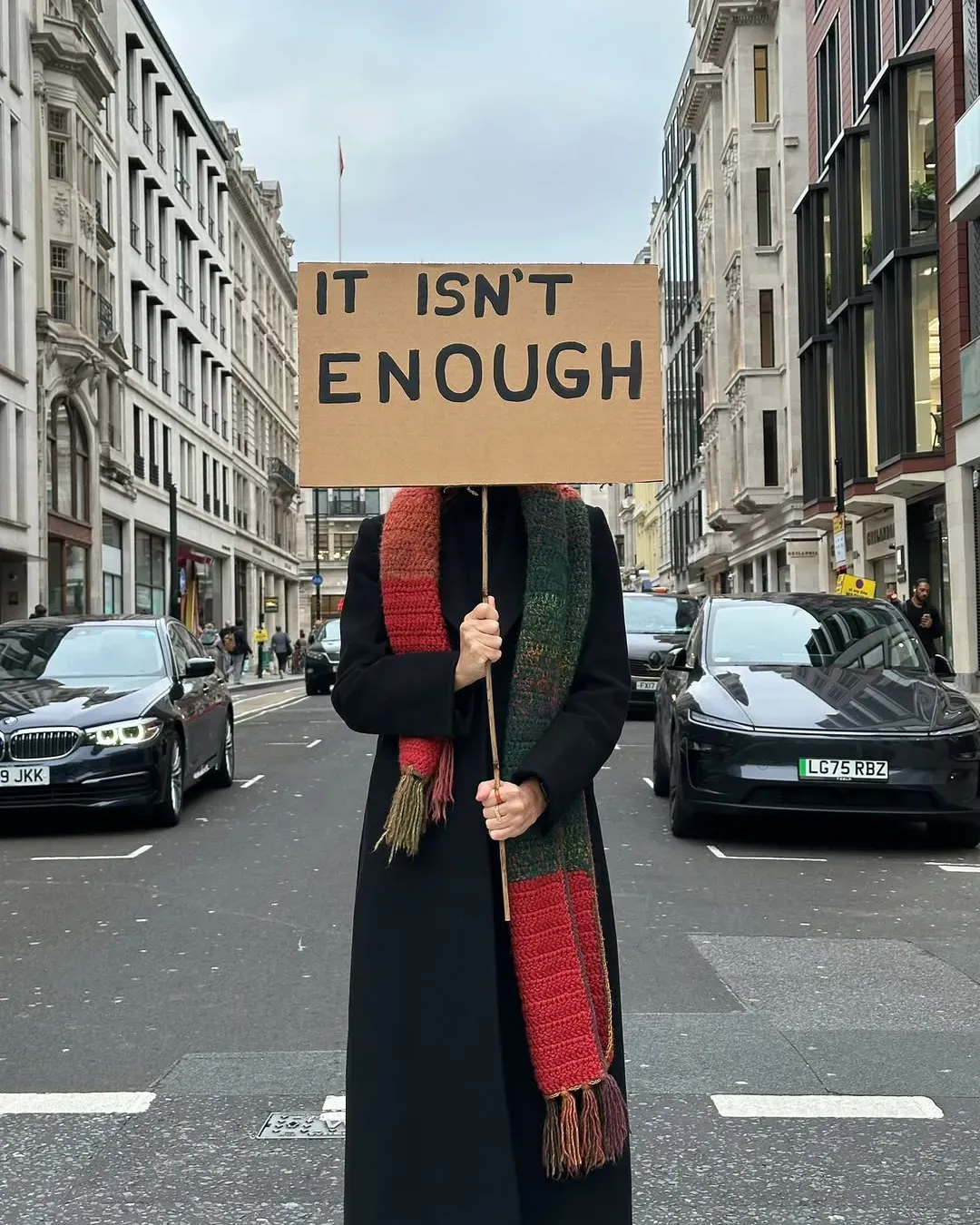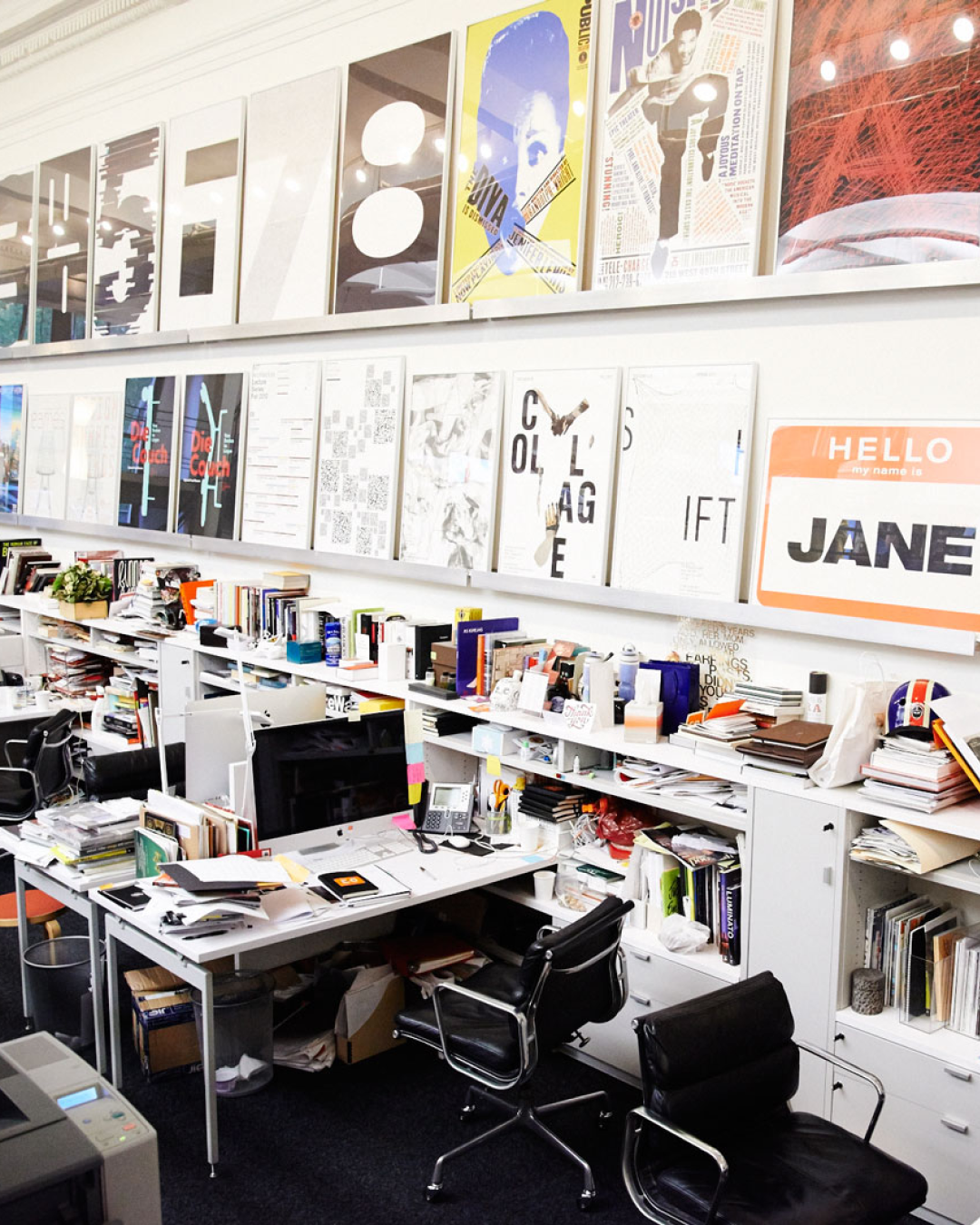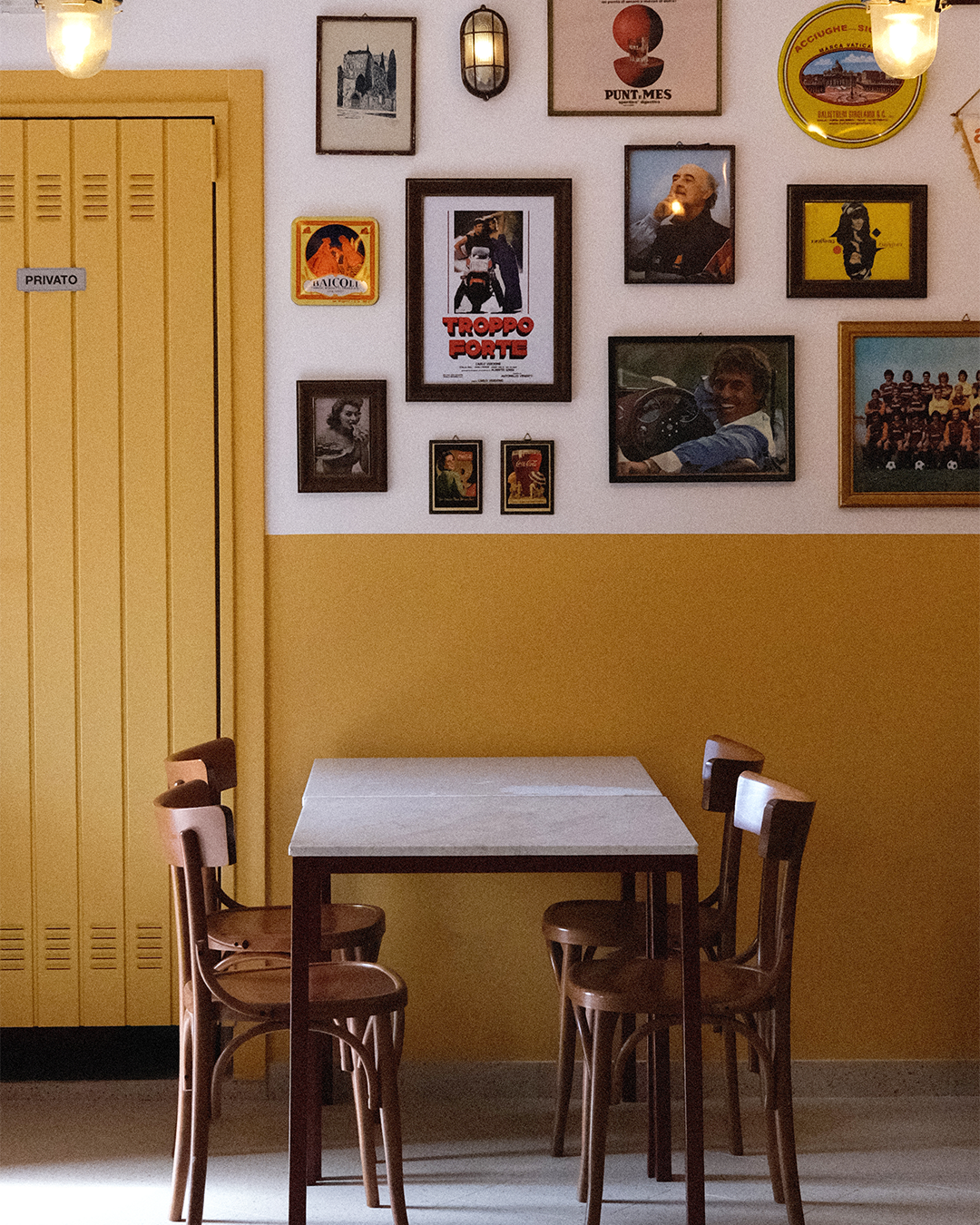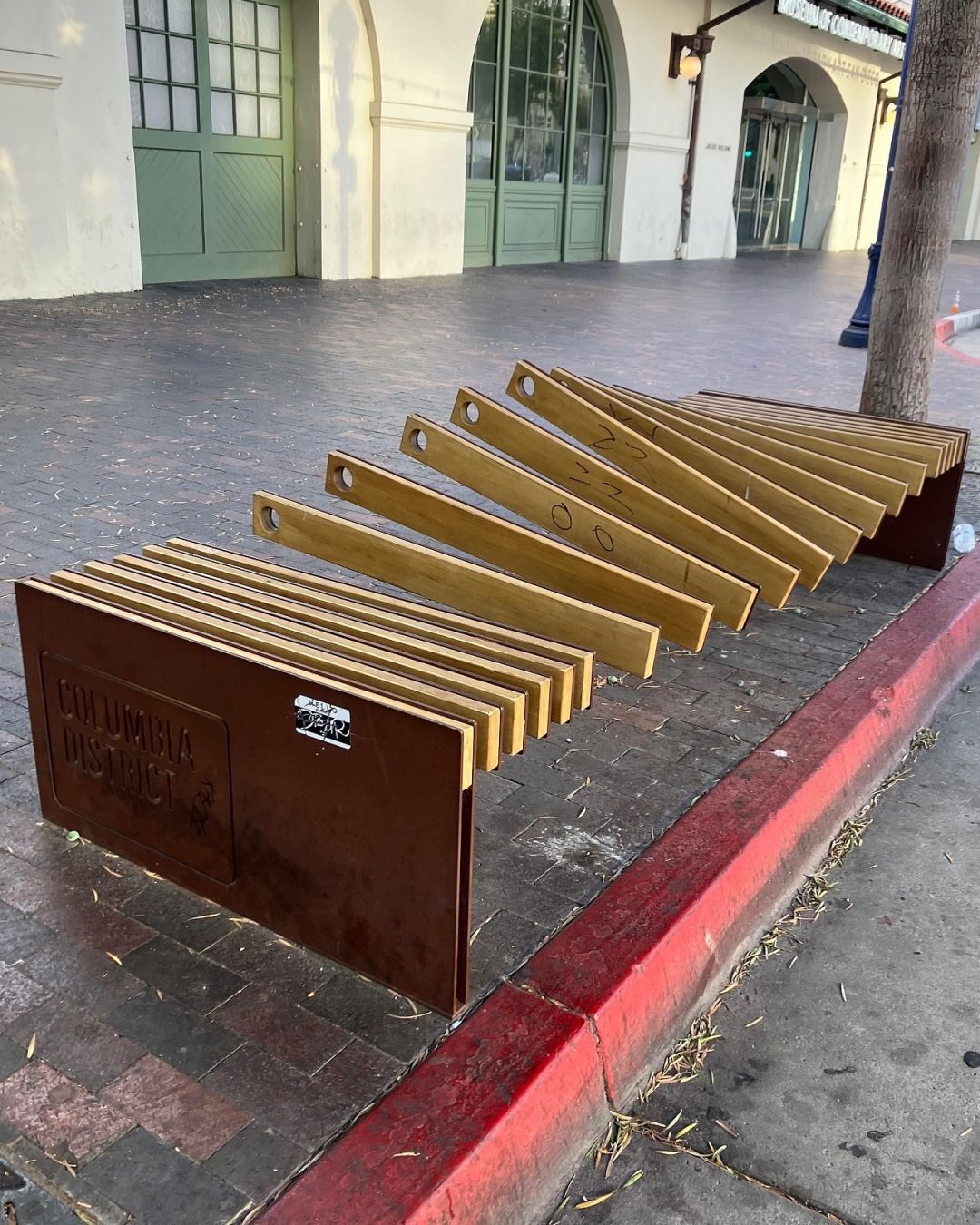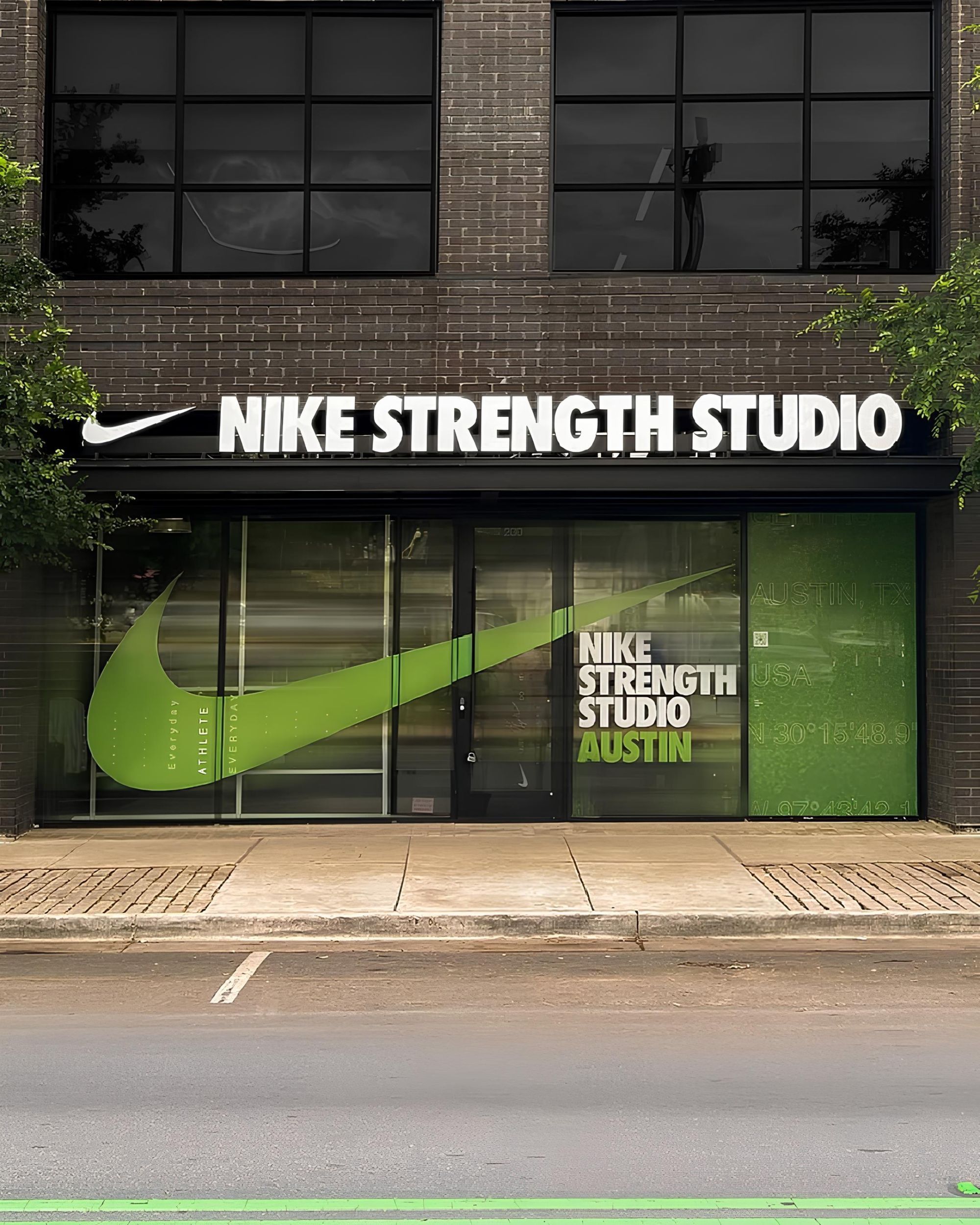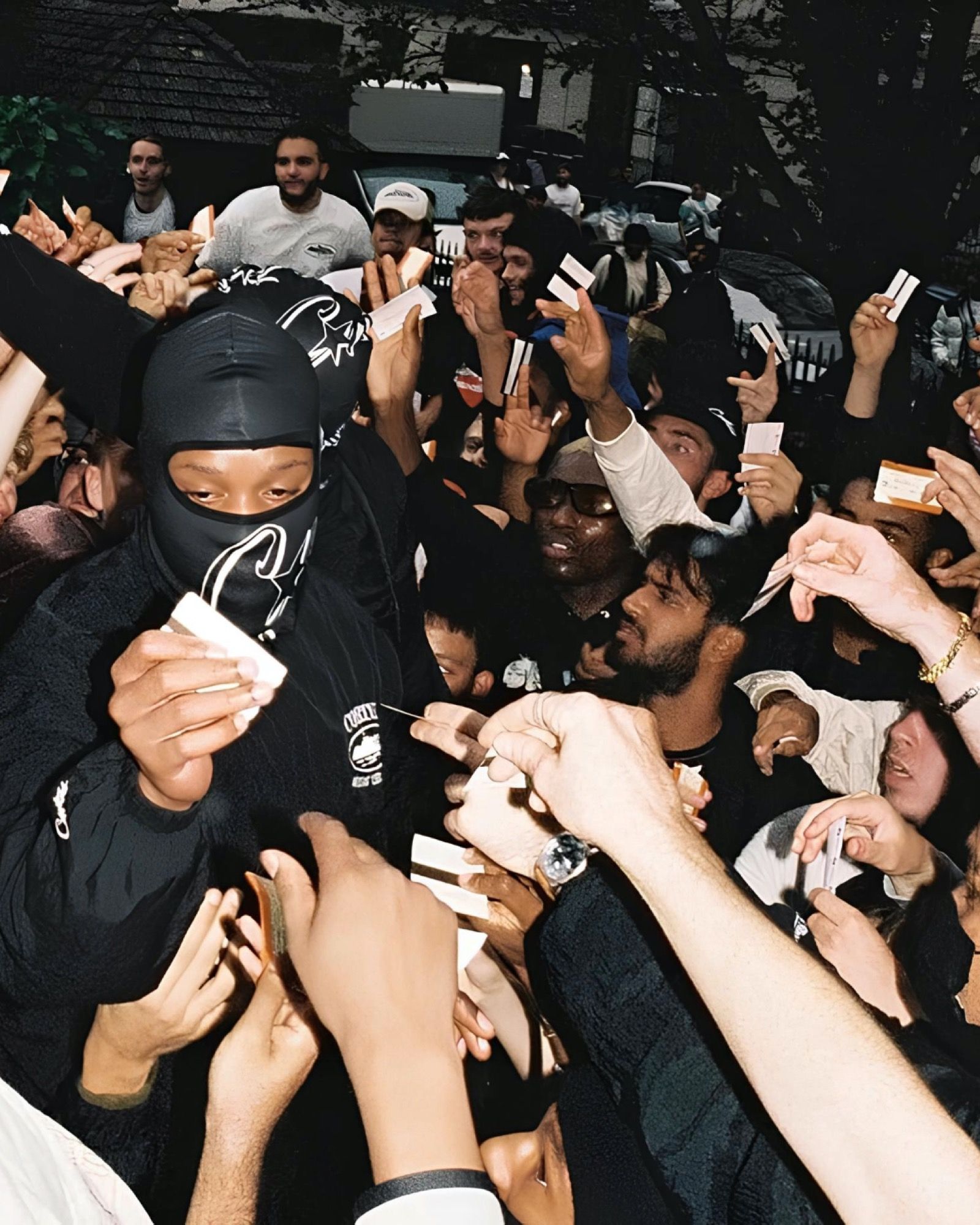
Why communities are so important for brands Born in the streetwear world, luxury fashion also wants to recreate them
Possessing its own community is something fundamental for any fashion brand - even though the meaning of the word is often ambiguous. In the best cases, a brand's community forms mostly on its own, albeit with the help and encouragement of the brand itself, as is the case with Diesel, for example; there are many others, especially in the luxury field, where the community and the clientele do not always correspond, leading us to speak more of a "following" than a community, which is more artificially constructed through precise marketing strategies. Either way, a community is needed because it constitutes not so much the audience of a brand, but the people who are under its influence. If a certain collection or brand launches a trend that others follow, think of Miu Miu or Balenciaga in recent years, it is the community that acts as a sounding board for it - what in marketing theory is called "early adopters". Communities play a crucial role in defining a brand identity: the progressive ladies of the 1920s were the community of Chanel, just as CEOs and magnates from around the world represent the community of Brunello Cucinelli or Loro Piana, rock singers are the community of any Hedi Slimane project, and career women with an intellectual side are the community of The Row and Phoebe Philo. There is a clear connection, however, between community and brand values - when the latter are unclear, the community struggles to form. It is therefore not surprising that the first place where communities were defined was the streetwear scene: New York skaters from Supreme, Harlem rappers from Dapper Dan, California surfers from Stussy, early 2000s hip-hop enthusiasts from BAPE, Yeezy cultists, and so on. Today, the most outstanding examples of streetwear communities from which the entire industry could learn are Corteiz and Places+Faces.
Modern streetwear communities
@cultureforce Let’s talk about Corteiz! #corteiz #streetwear #ukfashion #fashionforyou Blade Runner 2049 - Synthwave Goose
Streetwear brands that today boast the most solid and active communities have defined their structure as brands based on a pre-existing community. This is how the story of Places+Faces began. In the summer of 2013, Ciesay was immersed in the New York Hip Hop scene, while Soulz, in London, captured the local music scene. Together, they created a vast gallery of shots of the communities of New York and London, sharing it online through a Tumblr account, giving birth to what would become Places+Faces. From that moment on, the brand's community grew exponentially, expanding globally and attracting the attention of an audience that identified with the scene portrayed by Ciesay and Soulz. Through activations, parties, and cultural events that were able to strengthen the concept of community itself, Places+Faces managed to conquer metropolises such as Tokyo, Seoul, Milan, Paris, Los Angeles, Toronto, and Hong Kong, expanding and consolidating its fanbase and consequently becoming a globally recognized brand. By collaborating with XBOX, Havana Club, and Gentle Monster, Places+Faces demonstrated, first of all, how communities can intersect with pop culture. In part, the "case" of @sportmafiaboys, an Instagram page whose community, driven by a passion for gorpcore aesthetics and total veneration for the Nike universe, is famous for representing a true lifestyle that is not built on the basis of a certain brand but on a silhouette, a reinterpretable style - creating one's own version and being reposted means "moving up" in the ranking. The same can be said of @uniformdisplay and, in slightly different but not entirely unrelated terms, of @jjjound, where the community is gathered around Justin Saunders' personal taste.
@harrisonashberry Corteiz the best UK streetwear brand? #fyp #uk #ukstreetwear #corteiz #rtw #drip #fashiontiktok One Dance - ati2x06
This type of approach, also found in a brand like Corteiz, demonstrates the importance of building a strong and cohesive community around shared values and a unique identity that moves through "street" activations involving a large number of customers and fans called to a certain place at a certain time to receive or purchase the latest release. In this sense, the excitement of a collective gathering creates a sense of belonging and community to a movement larger than the individual. Corteiz's garments become a uniform, understood as a symbol of belonging and affiliation to a subculture that challenges the norms established by the fashion system and celebrates individuality and authenticity. Social media has played an essential role in generating this sense of belonging. Forums like NikeTalk, Simply Supreme, and BAPETalk, as well as Instagram profiles such as Clint (the founder of Corteiz), Lostboyschannel, Escalopeviandehache, have shared the various facets of brands and subculture life on Instagram and TikTok. In doing so, they have created a wave of interest that has swept even those who, in certain realities, would never have thought of identifying with them. But who are the customers of these brands? Apart from those who are actively involved in the communities (skaters, writers, and many others), the brands that leverage this concept attract seemingly distant people, both in interests and attitude. It happens, therefore, that from the interest of an increasingly broad audience towards brands of this kind, a marked fandom can arise, ready to create identity rifts within it, which threaten above all the perception that the fashion culture in general has towards them.










































